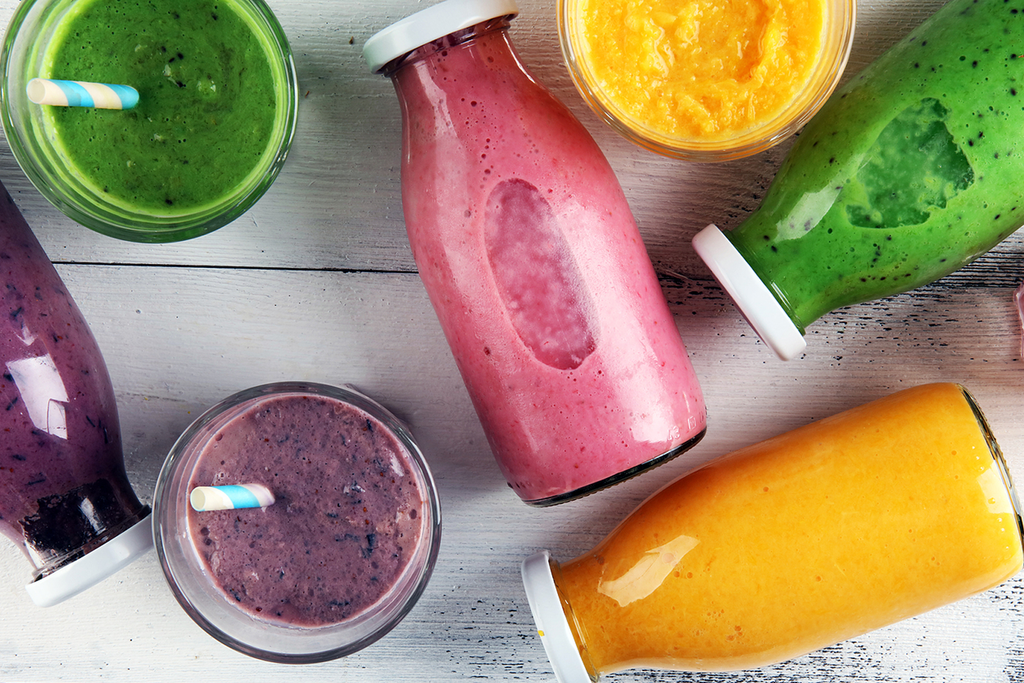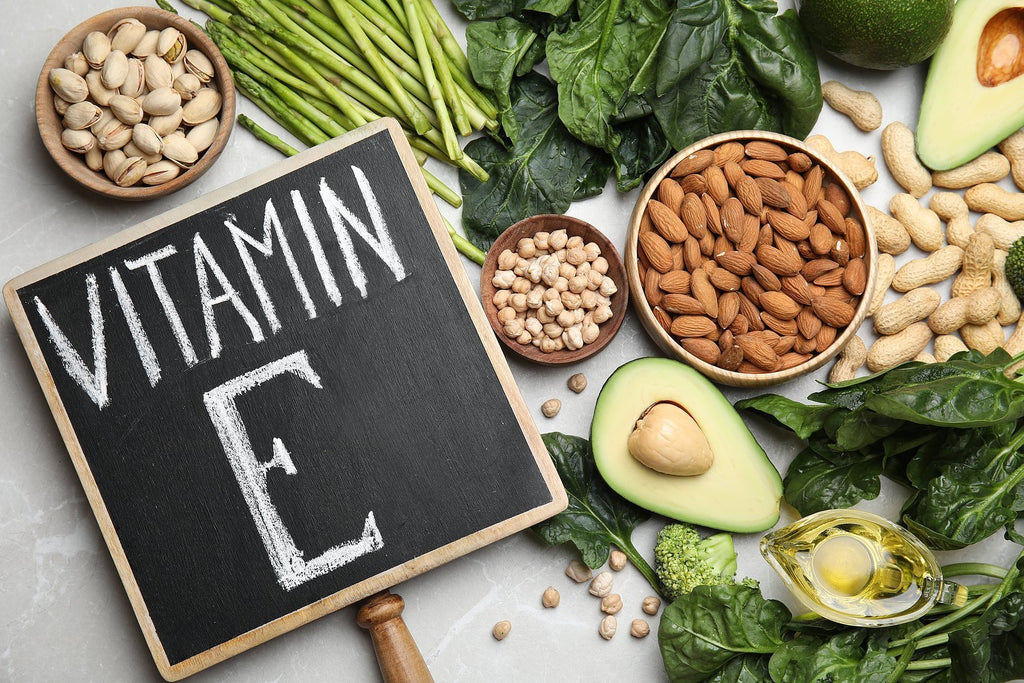Difference Between Soluble & Insoluble Fiber
Fiber. It gets talked about a lot in discussions of diet and nutrition. But do you actually know what it is? Or how about why you need fiber? And what can you eat to ensure that you get enough of it?
What Even Is Fiber?
Fiber is the edible part of plants – like cellulose, lignin, and pectin – that your body can’t digest.
Food items that contain fiber include fruits, vegetables, whole grains, beans, nuts, and seeds.
You need fiber because it’s a fundamental part of a healthy diet. It helps move things through your digestive system, relieving constipation. On top of that, fiber keeps you feeling full for longer, which obviously is a big help when you’re trying to lose weight or when you want to go between meals without snacking.
The problem today, though, is that most people are eating more processed food. Why is that a problem for fiber? Because fiber is one of the things that usually gets stripped out of food when it’s processed.
Two Main Types of Fiber
There are several types of fiber, but we’re going to focus on two. They’re classified by how they react to water. I’m talking soluble fiber and insoluble fiber. Both types contain substances called phytonutrients, which can help reduce inflammation as well as act as an antioxidant.
Soluble Fiber
Soluble fiber partially dissolves in water to form a gel-like substance in your gut that slows digestion. This is an important benefit because it helps to stabilize your blood sugar level, for one thing. That’s why eating an orange with all its fiber will not raise your blood sugar as quickly or as much as a glass of orange juice. The orange juice contains all the sugar from the fruit but with the fiber removed.
Certain kinds of soluble fiber are a great source of good bacteria for your gut. This is important and beneficial because you want that good gut bacteria to thrive and multiply.
Soluble fiber can also reduce your risk for heart disease because it’s been shown to help reduce inflammation, improve blood pressure, and help to lower cholesterol and triglycerides.
Insoluble Fiber
As the name implies, insoluble fiber doesn’t dissolve in water. It helps improve movement through your digestive tract, particularly any food that might otherwise get stuck or held up, thereby causing gas, bloating, or constipation. That’s why eating insoluble fiber is a great remedy for constipation or for just staying regular. Insoluble fiber provides bulk to your stool, which allows your stomach and intestines to function properly.
My Favorite Foods That Are Great Sources of Fiber
- Berries. Berries top my list because they’re low in sugar, yet full of vitamins and antioxidants.
- Coconut. The meat of the coconut is super high in fiber. It also contains medium-chain fatty acids, which are a great source of energy.
- Pears. High in fiber and relatively low in sugar for a fruit. One average-sized pear will give you 25% of your daily-recommended fiber. Just be certain to eat the skin because that’s where the fiber and the antioxidants are most dense.
- Carrots. They’re high in both types of fiber and packed with vitamin A. Just don’t make carrots your only vegetable because they’re relatively high in sugar compared with other veggies. Don’t eliminate carrots for that reason, just complement and supplement them.
- Apples. Apples are full of a soluble fiber called pectin. They’re also a lower glycemic fruit, which is good (even though they’re not quite as low as berries).
Fiber In a Nutshell
Sharing is Caring
Know Your Body - Know Your Health






